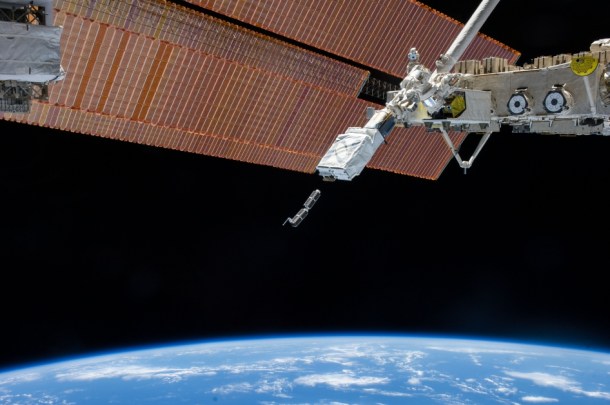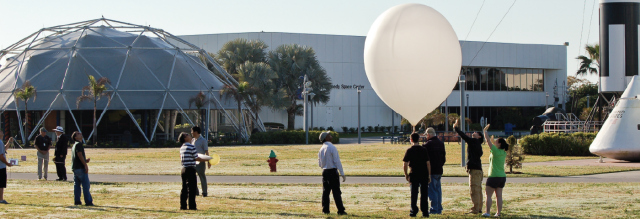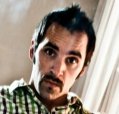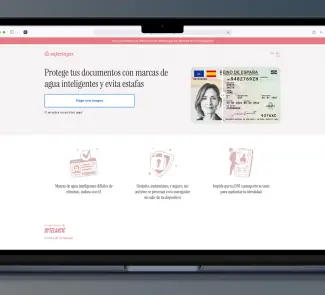SatLab, Talentum Schools and NASA offer students the chance to design, build and launch scientific and technological experiments aboard nanosatellites.
Nanosatellites. Some of you have probably never heard the term before. Others may have. Nanosatellites are responsible for the silent revolution that is currently taking place in the space industry. Thanks to these satellites, new scientific, technological and commercial applications are now possible, at a much lower price than traditional satellites. And not only that, development time is considerably shorter as well, and in the near future, the use of constellations of nanosatellites will make it possible to equal, in some way, the potential of conventional satellites.
A large number of experiments, or payloads, are already being developed for nanosatellites and in the not-so-distant future, these will have a significant impact on society. From the study of the effects of long-term exposure to cosmic radiation on the human brain, evaluation of the effects of a manned mission to Mars, to life-science and astronomy experiments. Telecommunications and sensor units that are able to monitor agricultural pests, weather phenomena, forest fires or border security – these are just a few of the many applications of nanosatellites.

Access to this technology is normally limited to a privileged few. However, it is important to facilitate access to them for the upcoming generations of scientists and engineers, and this is what Telefónica Talentum Schools, NASA Florida Space Grant Consortium and SATLANTIS are working towards in their latest joint educational project. The SATLAB programme was created as a pilot initiative to provide high-school students in Spain and Florida with access to the design, construction and launching of scientific and technological payloads in nanosatellites.
SatLab, a great opportunity
The initiative consists of a course that will be given in the spring of 2014 in Madrid and Barcelona. During this stage, students and their classmates will learn about the different challenges that scientists and engineers face when developing payloads for nanosatellites.
How do atmospheric conditions affect the launch? What are the weight and size limits of the payload? What type of sensors can be incorporated into the experiment? How is secure communication established with the experiment once it’s been launched? Is it possible to design experiments with insects? The course will answer these and many other questions. Also, Spanish students will work in teams with Florida students in order to complete the theoretical design of a viable space experiment in the area of engineering, life sciences or physical sciences.
All of the designs that are submitted will be evaluated by a committee of experts who will select one team to participate in a space laboratory in Florida, based on the creativity and originality of the design. While in Florida, the winning team will have the chance to build and launch its own experiment into space near NASA’s Kennedy Space Center.
This initiative will not only allow interested teenagers to have access to new technologies, but it also underscores how important international collaboration is today when developing scientific and technological projects, which makes it a ground-breaking project in its area and one that will have a constructive and positive impact on all of the participants.
Image NASA









